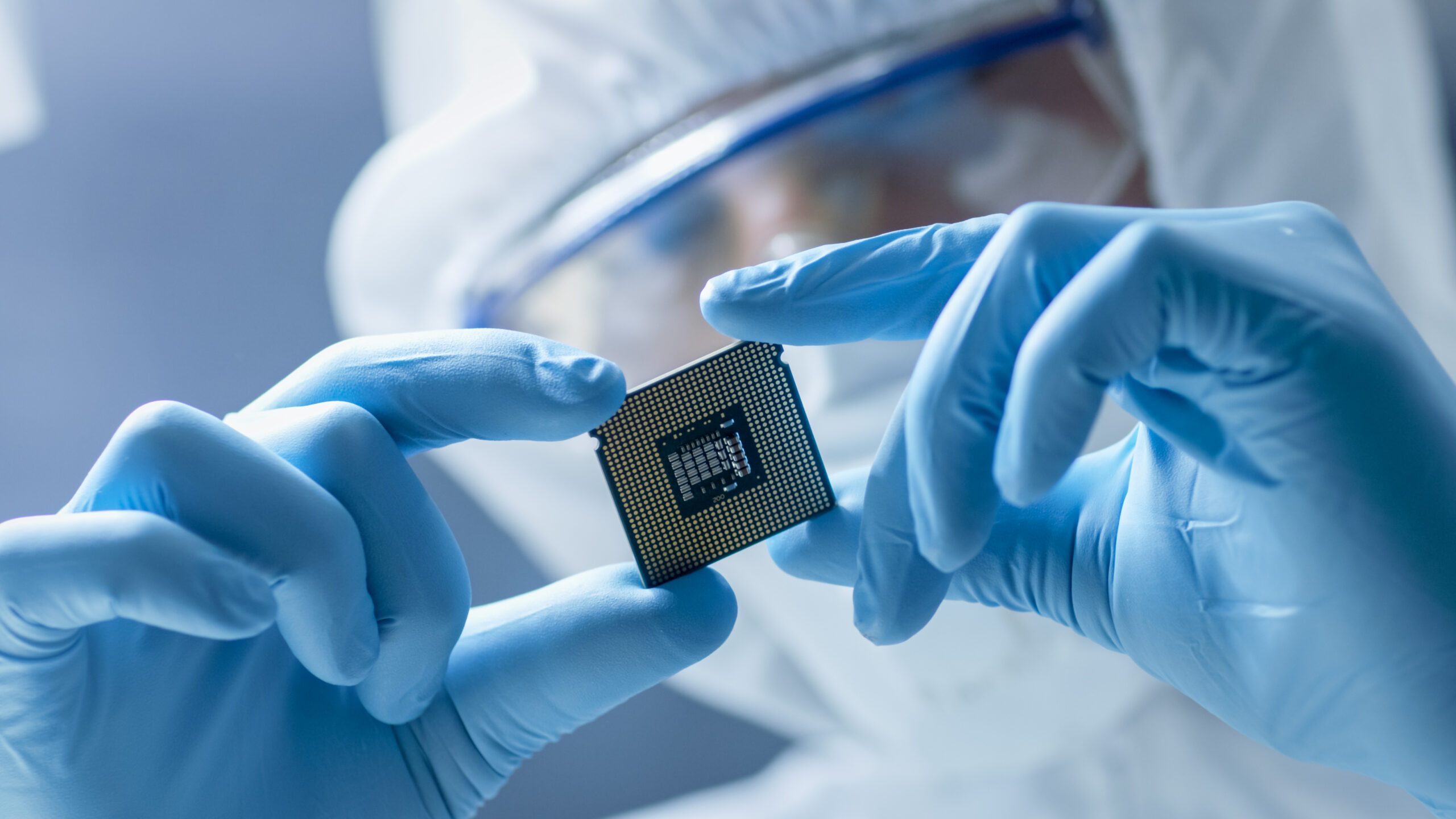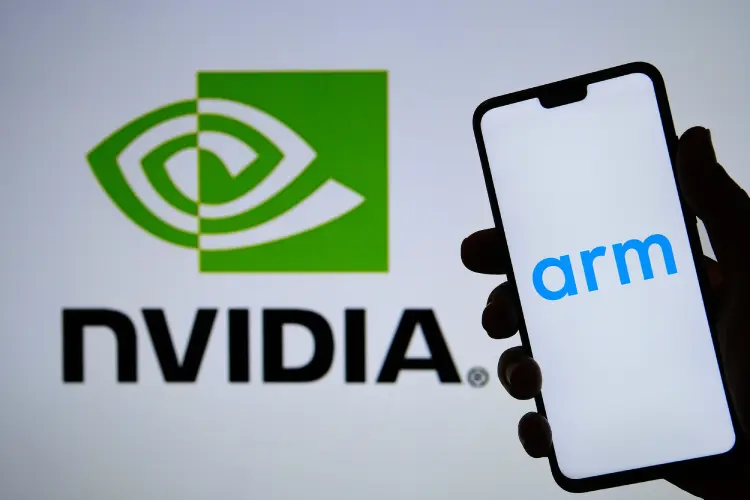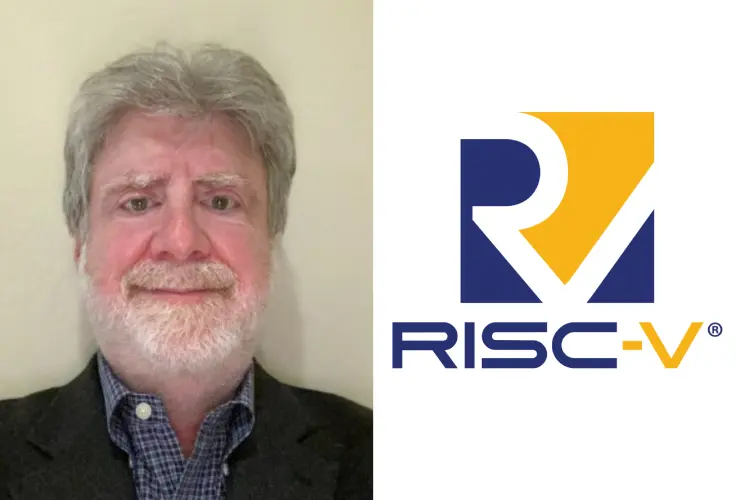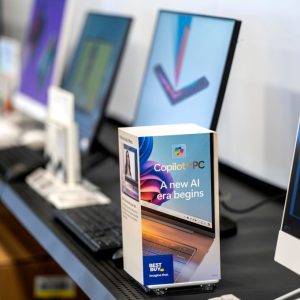
Arm chips have powered the mobile revolution and sit inside most of the connected devices that run our world. But with the British company’s trademark neutrality set to come under scrutiny following its planned purchase by Nvidia, is the time right for alternative architectures such as RISC-V to step in and take its place?

Celebrating its tenth anniversary this year, RISC-V is an open-source processor architecture which is growing in popularity with developers around the world. In recent months there have been signs that RISC-V is ready to go mainstream.
This month (November 2020), semiconductor company SiFive released HiFive Unmatched, a high-performance RISC-V board which it describes as a ‘PC without a box’. Even BBC Learning has got in on the act, teaming up with online learning platform Tynker to create the Dr Who-themed HiFive Inventor Coding Kit for children, which is thought to be the first consumer product to be based on RISC-V – it is certainly the first featuring the voice of current Dr Who, Jodie Whittaker.

“RISC-V is the first chip of its magnitude that grew up in open source,” says Mark Himelstein, a Silicon Valley tech veteran who recently joined the non-profit RISC-V International organisation as CTO.
“Because of that, it offers flexibility, customisation and the ability to collaborate with others around the world. Thirty years ago creating a computer chip took $100m and a team of 30 people working for three years.
“Last year at the China Academy of Science four undergraduates designed and built a RISC-V chip in four months with a budget of $12,000.
“We’ve seen a renaissance in software and databases and a renaissance in technology; the tools and the fabrication ability that are out there are phenomenal.”
Arm chips continue to dominate
The chip market continues to be dominated by two architectures; x86 in personal computing and Arm for mobile devices.
Arm’s licensing model, which sees it sell IP to chip manufacturers without producing any silicon itself, has made it the ‘Switzerland’ of the chip market, and remaining vendor-neutral has proved hugely popular with manufacturers. Its designs have taken a dominant position in the mobile phone market, as well as other growing sectors such as IoT devices and connected vehicles.
One of British technology’s greatest success stories, Arm was initially sold to SoftBank in 2016 for $31bn, and now looks set to change hands again, with Nvidia having agreed to buy it for $40bn. If the American company does take over (the deal still has myriad regulatory hurdles to clear around the world) maintaining that neutrality could be tricky: “Nvidia competes in the same markets as several of Arm’s current clients,” says Alan Priestley, vice-president analyst for technology and service providers at Gartner.
He adds: “If Nvidia attempts any kind of integration there will be concerns.
“Some companies, like Apple, license Arm’s technology and create their own designs, but because Arm is so prevalent in the market others, like Qualcomm and MediaTek, take the standard Arm IP and put it in their products.
“These companies are active in the automotive space as well as the edge and end-point spaces where Nvidia is competing and wants to increase its footprint. We could also see Arm chips increasingly used in other areas, such as data centres.”

Alex van Someren literally wrote the book on Arm during his days at Acorn Computers, the company that originally spun-out the organisation then known as ARM Holdings in 1990. He co-authored the first book documenting the original ARM RISC architecture, and is now managing partner at Amadeus Capital, the deep tech VC fund set up by Arm co-founder Hermann Hauser.
He describes the potential Nvidia take-over as a “real disappointment”, saying “Nvidia is not a very appropriate receptacle for Arm. It will have extraordinary market dominance if the transaction does go through”.
He adds: “I imagine the UK government will try and extract a contractually binding commitment from Nvidia to remain neutral with its licensing strategy and allow everyone to have access. In practice, that’s unenforceable and it’s unlikely to be honoured because it’s not what Nvidia will want commercially.”
The dominant force in x86 processors, Intel, also faces an uncertain future. As reported by Tech Monitor, its market share has been slowly eaten into by rival AMD, while Apple’s recently announced M1, an Arm-based chip capable of eye-watering processing speed, could open the eyes of vendors to life beyond x86 for PCs.
Enter RISC-V?
Emerging in 2010 from the Parallel Computing Lab at UC Berkeley in California, RISC-V is a modular instruction set architecture (ISA) which allows developers to build whatever they desire on top of the core instruction set. RISC-V International is now the focal point for a growing community of 750 members in 50 countries around the world.

“It’s built by a community in the same way Linux or Apache were,” says Himelstein. “If you go back to 1990 people would be saying ‘why do Linux?’, but now 30 years later, if you’re not doing Linux you’re not doing anything.
“This thing has the ability to last for the next 50 years,” he continues. “The way they’ve set it up is that there’s the base set of 47 instructions, and you can add extensions on top of that. If the standards aren’t there, people can add them themselves, so Alibaba recently created a cloud-targeted server.”
De-Risc is a consortium of companies building a platform technology for the space industry, based on RISC-V architecture involving software and hardware elements. Paco Gomez, CEO of fentISS, one of the partner companies, says “Cobham Gaisler, one of the other consortium partners, has experience with open source, and RISC-V was very attractive to us because it’s an open standard.
“We have worked with Arm before, but there is always the worry there could be problems with the European Space Agency when it comes to licensing, which we don’t think will happen with an open standard.”
FentISS makes the XtratuM hypervisor that will form part of the platform (a hypervisor enables you to run several different virtual machines with a single computer) and De-Risc hopes its system will be ready for certification for the European Space Agency sometime next year.
US vs China soon to be Arm vs RISC-V chips?
Silicon has been one of the front lines in the trade war between the US and China, with companies such as Huawei being largely kept out of the American market.
Though relations between Washington and Beijing may improve with the arrival of Joe Biden in the White House, Arm’s potential move into American control with Nvidia could spur China into developing more of its own chips, and the RISC-V architecture could prove appealing for companies wishing to follow in Alibaba’s footsteps.
Van Someren says once Arm is under Nvidia’s control it will fall into the remit of the Committee on Foreign Investment (CFIUS) in the US. This means CFIUS will potentially be able to restrict where and how Arm designs are used in products made in countries such as China or the UK. Donald Trump used CFIUS legislation to try and force the break up of Chinese-owned social media platform TikTok.
“CFIUS means the United States will end up in control of whether or not Arm designs can be licensed to customers,” van Someren says. “It shifts the balance of power away from Arm itself to the US administration.”
He continues, “I think RISC-V is an important development. The idea that that there’s a collaborative and open source approach to microprocessor design is really a desirable step.
“It might easily take ten years for RiSC-V to give Arm a really hard competitive time in the market, but it definitely could happen. The fact that it’s open and available for all to see is very much going with the theme of how modern IT development works generally, both in software and hardware.”
Gartner’s Priestley is less confident that RISC-V architecture can topple Arm and Intel, and says deep pockets will be required to build a processor that can truly match Arm’s powerful A-core designs.
“You could build a RISC-V processor to compete with the A-cores but you will have to make a big investment to do it and it’s going to take a company that’s got good architectural design capabilities,” he says. “There’s no reason why it couldn’t be done, but it doesn’t exist at present.
“Someone like Qualcomm might do it if they don’t like the way Nvidia is taking Arm, but it will be years before we see the effect the deal has on the market.”
He believes it’s more likely that RISC-V will “stay at the lower end of the market” and be used for building simple, single-core operations for low-end microcontrollers.
Himelstein is, perhaps unsurprisingly, more optimistic.
He says: “For CIOs and people working in IT, this is exciting because we believe having multiple architectures out there is good for business and good for technology. You don’t have to have a one-size-fits-all solution.
“Having a third choice which reflects the way the world is going in terms of open-source is good for pricing and gives you, as a customer or implementer, a chance to open new markets and attack different workloads.”
Featured photo by Gorodenkoff/Shutterstock.






